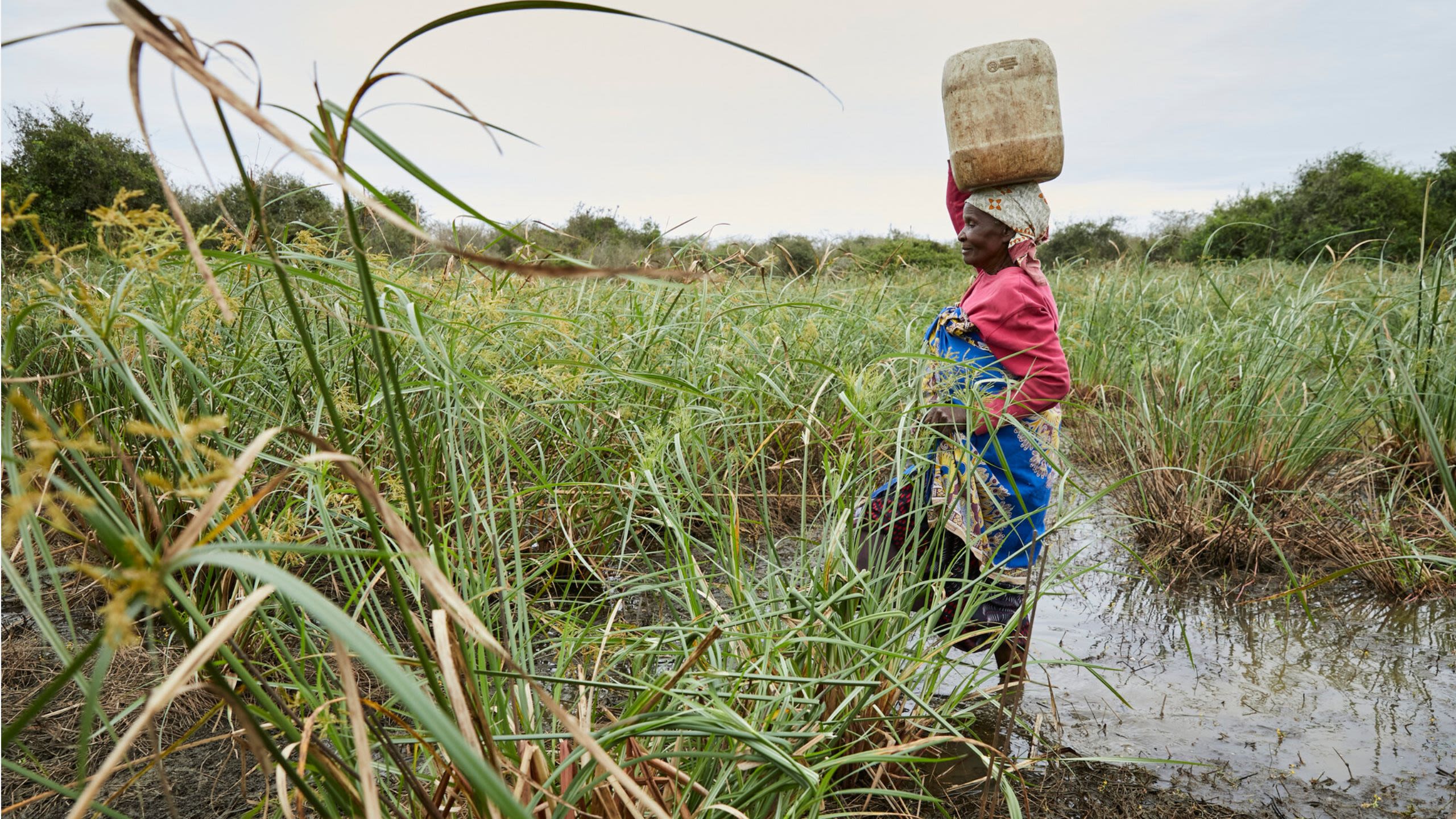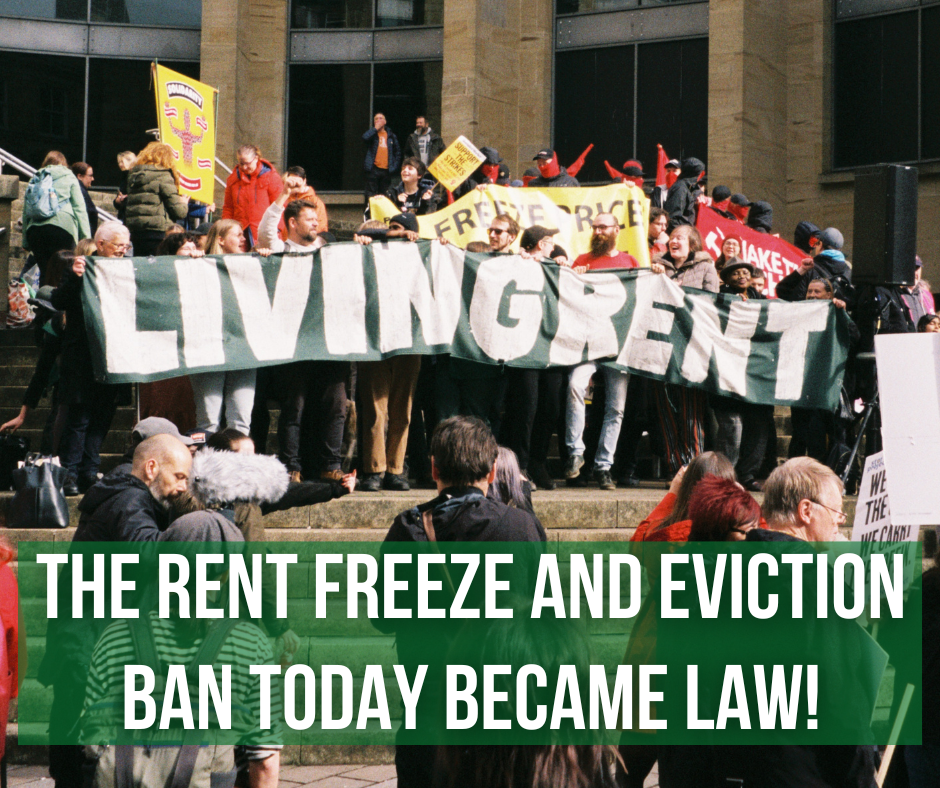Dangerous Climate Whiplash: Assessing The Impacts On Urban Areas Worldwide

Table of Contents
Increased Frequency of Extreme Weather Events and Their Urban Impacts
Climate whiplash significantly exacerbates the challenges faced by urban environments. The rapid transitions between extreme weather conditions place immense strain on infrastructure and populations, demanding urgent attention and proactive solutions.
Heatwaves and Urban Heat Islands: The urban heat island effect, where cities experience significantly higher temperatures than surrounding rural areas, is dramatically intensified by climate whiplash heatwaves. This leads to a cascade of negative consequences:
- Increased energy consumption for cooling: Higher temperatures drive up demand for air conditioning, placing a strain on energy grids and contributing to greenhouse gas emissions.
- Public health risks: Extreme heat events lead to increased heatstroke, respiratory illnesses, and cardiovascular problems, disproportionately affecting vulnerable populations.
- Infrastructure damage from heat stress: Extreme heat can damage roads, railways, and other infrastructure through expansion and contraction.
Climate whiplash heatwaves compound the existing urban heat island effect, creating a dangerous synergy that necessitates immediate and comprehensive action to mitigate its effects.
Flooding and Drainage Systems: The rapid shift from drought to intense rainfall characteristic of climate whiplash frequently overwhelms urban drainage systems, resulting in widespread and damaging flash floods.
- Damage to infrastructure: Flooding causes substantial damage to roads, bridges, buildings, and underground utilities.
- Displacement of populations: Floods can force people from their homes, leading to displacement and disruption of lives.
- Water contamination: Floodwaters often carry pollutants, contaminating drinking water supplies and posing serious health risks.
- Economic losses: The economic costs of flash floods are substantial, including repair costs, business interruption, and loss of productivity.
Climate whiplash rainfall necessitates the development of more robust and resilient urban drainage systems capable of handling extreme and unpredictable weather patterns.
Drought and Water Scarcity: Climate whiplash can create a cycle of intense drought followed by intense rainfall, significantly impacting urban water resources and management.
- Water restrictions: Prolonged droughts can lead to strict water restrictions, impacting residents, businesses, and industries.
- Agricultural impacts: Drought can severely affect agricultural production, impacting food security and livelihoods.
- Wildfire risks: Dry conditions increase the risk of devastating wildfires, posing threats to lives, property, and ecosystems.
- Ecosystem disruption: Alternating periods of drought and intense rainfall can disrupt delicate urban ecosystems, affecting biodiversity and ecosystem services.
Effective urban water management strategies are crucial to mitigate the impacts of climate whiplash drought and ensure water security for urban populations.
Socioeconomic Vulnerabilities and Climate Whiplash
Climate whiplash disproportionately impacts vulnerable populations within cities, exacerbating existing social and economic inequalities.
Impact on Vulnerable Populations: Marginalized communities often lack the resources and resilience to cope with the impacts of climate whiplash.
- Increased health risks: Vulnerable populations are more susceptible to heat-related illnesses, waterborne diseases, and other health problems associated with extreme weather events.
- Displacement: Those living in precarious housing or informal settlements are particularly vulnerable to displacement due to flooding or other disasters.
- Economic hardship: Climate whiplash events can exacerbate poverty and economic hardship, particularly for those who rely on vulnerable livelihoods.
- Social inequities: Climate whiplash reinforces existing social inequities, widening the gap between the rich and the poor.
Addressing climate justice and ensuring equitable access to resources and support are vital to protect vulnerable populations from the worst impacts of climate whiplash.
Economic Costs and Infrastructure Damage: The economic consequences of climate whiplash are significant and far-reaching.
- Insurance claims: Extreme weather events lead to a surge in insurance claims, placing a strain on insurance companies and increasing premiums.
- Business disruption: Businesses can experience significant disruptions and losses due to damage to property, supply chain disruptions, and loss of customers.
- Government expenditure on disaster relief: Governments face substantial costs associated with disaster relief, recovery efforts, and infrastructure repair.
Investing in climate-resilient infrastructure and developing effective disaster preparedness plans are crucial to minimize the economic burden of climate whiplash.
Mitigation and Adaptation Strategies for Urban Areas
Building climate resilience in urban areas requires a multi-pronged approach incorporating both mitigation and adaptation strategies.
Improving Urban Planning and Design: Sustainable urban planning is crucial for building climate-resilient cities.
- Green roofs: Green roofs help regulate temperatures, reduce stormwater runoff, and improve air quality.
- Permeable pavements: Permeable pavements allow rainwater to infiltrate the ground, reducing surface runoff and flooding.
- Urban forestry: Trees help regulate temperatures, absorb stormwater, and improve air quality.
- Improved water management strategies: Sustainable water management practices are critical to ensure water security during droughts and manage stormwater during intense rainfall.
Incorporating these climate-resilient design features into urban planning is vital to building cities that can withstand the impacts of climate whiplash.
Early Warning Systems and Disaster Preparedness: Effective early warning systems and disaster preparedness plans are crucial for minimizing the impacts of climate whiplash events.
- Community engagement: Engaging communities in disaster preparedness planning is vital to ensure that everyone is aware of risks and knows how to respond.
- Evacuation planning: Developing and regularly testing evacuation plans can save lives and minimize displacement during extreme weather events.
- Emergency response protocols: Robust emergency response protocols are essential for coordinating effective response efforts during and after climate whiplash events.
- Infrastructure protection: Protecting critical infrastructure from damage during extreme weather events is crucial to maintaining essential services.
Investing in early warning systems and disaster preparedness plans is a crucial step in building climate-resilient cities.
Conclusion:
Climate whiplash presents a clear and present danger to urban areas worldwide. The increasing frequency and intensity of extreme weather events, coupled with the socioeconomic vulnerabilities of many urban populations, create a complex and challenging situation. To address this growing threat, we must prioritize the implementation of effective mitigation and adaptation strategies. This includes sustainable urban planning that incorporates green infrastructure and improved drainage systems, coupled with robust early warning systems and comprehensive disaster preparedness plans. Learning more about climate whiplash and its effects on your community is a critical first step. Support policies promoting climate resilience, research your local climate change adaptation plans, and become actively involved in climate action initiatives to help mitigate the dangerous effects of climate whiplash on urban populations worldwide. Only through proactive engagement and collaborative action can we build truly resilient and sustainable cities capable of withstanding the challenges of a rapidly changing climate.

Featured Posts
-
 South Koreas Next President Key Candidates And Their Policy Positions
May 28, 2025
South Koreas Next President Key Candidates And Their Policy Positions
May 28, 2025 -
 Transferde Son Dakika Gelismeleri Ingiliz Devinden Bueyuek Hamle
May 28, 2025
Transferde Son Dakika Gelismeleri Ingiliz Devinden Bueyuek Hamle
May 28, 2025 -
 Rent Freeze Expiration Impact On Tenant Living Conditions
May 28, 2025
Rent Freeze Expiration Impact On Tenant Living Conditions
May 28, 2025 -
 The 2025 Amas What To Expect This Year
May 28, 2025
The 2025 Amas What To Expect This Year
May 28, 2025 -
 Manchester United Eye Lyons Cherki A Potential Summer Signing
May 28, 2025
Manchester United Eye Lyons Cherki A Potential Summer Signing
May 28, 2025
